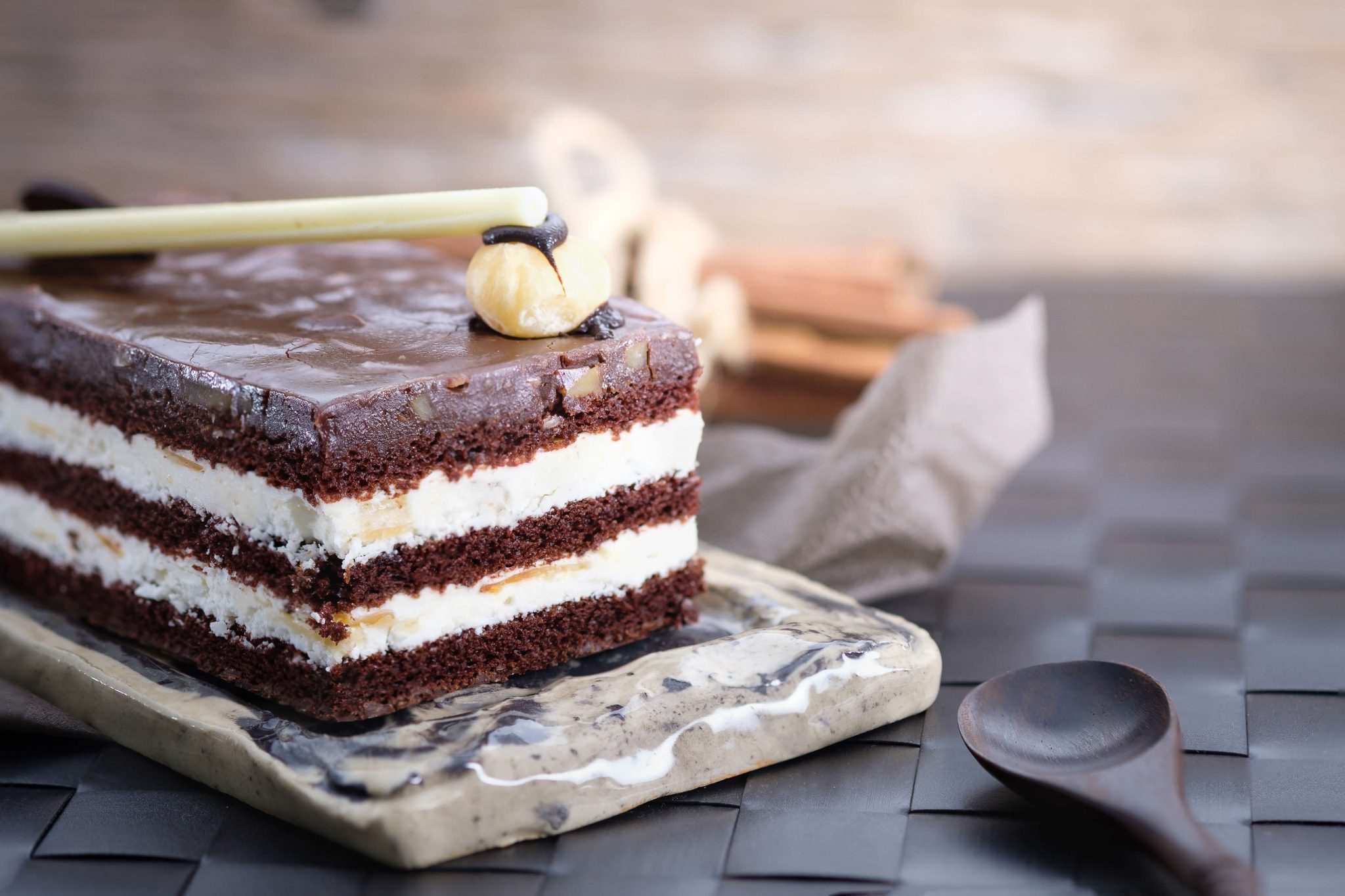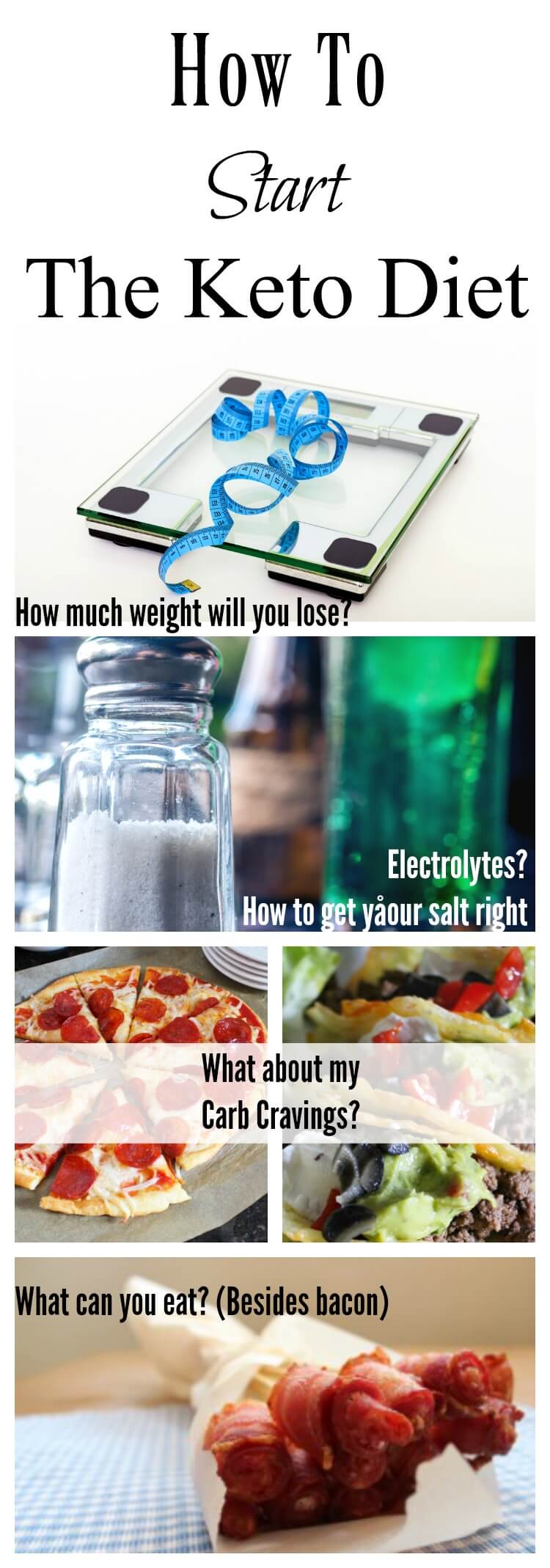
Scroll through Pinterest, or any of the many Keto groups on Facebook, and you will see amazing-looking desserts that are reported to taste just like they are made with sugar. They even have 5 carbs or less per serving. Being able to have something sweet when you are on a restricted diet can help you push past cravings, so the option is worth exploring.
Because it’s so important to be strict with your carb count to stay in ketosis when you are on the ketogenic diet, ‘moderation’ with natural sweeteners like honey, maple syrup, and dehydrated cane juice are not valid options.
But the keto community has come up with solutions and you’ve probably seen them.
Once you click on a keto dessert recipe, you see that the ingredients often call for Swerve, or erythritol among other low-carb ingredients such as coconut or almond flour. What is this stuff, and is it safe? Some of the packaging claims ‘all natural’ but we know that is a term that can be used very loosely.
Today we’re going to look more into Erythritol and how it is made, and what studies have been done on it.
What sugar substitutes are used in recipes and why?
In most cases, baked good recipes for keto are using a sugar substitute. This substitute is most often Erythritol. Erythritol is the most sugar-like replacement sweetener out there and is popular among low-carb bakers. Erythritol is used in Swerve sugar substitute, Halo Top ice cream, Lily’s Fair Trade Chocolate, and more. If you’ve tried something sweet that is low carb, it’s likely that you have had Erythritol.
Other low-carb sweeteners
Erythritol isn’t the only low-carb sweetener, there are many others such as aspartame/NutraSweet as we all know from diet soda, chicory root fiber (which I have not tried), xylitol, which I need to do more research on but is said to preform poorly in baked goods, monk fruit (which is often ‘bulked up’ with erythritol when sold as a sugar substitute), and stevia (also often combined with Erythritol).
What is Erythritol?
Erythritol is a sugar alcohol that looks and behaves like sugar. It can dissolve, caramelize, and provide bulk in baked goods. It was approved by the FDA in 2001 as a ‘non nutritive sweetener’.
Naturally, it is found in very very small amounts in some fruits (source).
Erythritol is made in a similar fashion to corn syrup, as we talked about with our Candy Making Without Corn Syrup (the candy linked is not keto, sorry) article.
High-starch corn is broken down with heat and enzymes, and the glucose is removed. From there, the glucose is fermented with yeast and and a fungus to produce erythritol. This is all done in an industrial setting, and though the packaging looks natural, it is a highly processed food.
Side effects:
- Erythritol is toxic to fruit flies and fire ants (source) and generally considered to be a human-safe insecticide.
- Erythritol is also toxic to corn and tomato seedlings. (source)
- Erythritol, when 50 g were consumed (about 12 teaspoons) mild digestive symptoms were shown. (source)
- In children, changes in stool consistency (loose stools) were associated with erythritol drinks. (source)
- Subjectively (there isn’t a study, but are many reports from those who have tried it), erythritol is said to increase sugar cravings in many people.
- Subjectively (again, no study, but personal reports) erythritol can contribute to water retention, or ‘stalls’ in weight loss.
Conclusion:
For my own use, I believe that erythritol is okay to use if desired, but not ‘good’. I also found that when I tried eating it, my stomach was upset, despite many studies claiming that it does not upset people’s stomachs. I also noticed an increase in sugar cravings over the next few days, which is abnormal for me when I’m on keto.
In studies over 1-2 generations in animals, as comparing them to studies in humans, erythritol was considered to be absorbed and not metabolized, and did not show long-term effects. (source) Studies included up to 20% erythritol, which is much more than the average person would consume.
Despite these studies showing that it is ‘safe’, this food is clearly made in a lab, and cannot be made directly from the farm in a home kitchen. For this reason, I choose to avoid feeding it to my children, as I’m concerned about long-term implications that have not been studied yet.
To naturally sweeten without carbs, I like using stevia for an occasional treat. As always, our focus for our calories should be on protein and produce, but a sweet treat occasionally can satisfy a craving or need to celebrate.
What can you use instead of erythritol?
Monk fruit is an alternative to stevia, but can be hard to find in stores. I purchase it on Amazon – be careful, though, it often is combined with erythritol. Because it is so much sweeter than sugar, it can’t be used to add bulk to recipes, but does add sweetness. I like monk fruit taste-wise more than stevia in most applications.
For adding flavor to water, my kids love these stevia-sweetened water additives. I’m fine with them drinking water with these additives in them, an equally sweet but 0 sugar alternative to juice.

The following recipes use stevia as carb-free sweetener alternative.
References:
https://www.ncbi.nlm.nih.gov/pmc/articles/PMC4045977/
https://pubs.acs.org/doi/abs/10.1021/jf00090a004
https://www.ncbi.nlm.nih.gov/pubmed/9862657
https://www.ncbi.nlm.nih.gov/pubmed/16988647
https://www.ncbi.nlm.nih.gov/pubmed/25744158

Learn how to heal leaky gut

60-page ebook of all my best GAPS Diet (Gut and Psychology Syndrome) articles all in one place.











I also found a study from Scandinavia last year that found evidence of erythritol being linked to fat gain in teenagers. https://worldhealth.net/news/erythritol-weight-gain-biomarker/
Thanks for sharing that!
It’s really too bad that you’re making comments about things you obviously know nothing about! I’ve been baking with Xylitol (no other sweeteners) and find it JUST AS SWEET and EASY TO USE (1:1 ratio with sugar). It’s offensive to me that you say anything negative about it WITHOUT HAVING USED IT YOURSELF!!!! Shame on you!
I wonder if xylitol can cause irrational anger in some individuals?
Yes! Based on the comments, it definitely can cause irrational anger in some people…..I wasted money buying a package of Swerve, and made strawberry fat bombs. Both myself and my husband had loose stools and stomach upset for 2-3 weeks !!
Which stevia sweetened drops do your kids.use? I didn’t see a link.
Cara, do you know where the recipe is for the chocolate cake shown under your erythritol header? I would be interested in that.